- Quick and easy service
Car Rental Catania
Search, compare & book!
- Free cancellation Up to 48 hours prior to the scheduled pick up time
- Best price guarantee Have you found a better price? Let us know and we will make you a better offer.
- 24000+ pick-up locations Locations around the world
Car Rental Catania
Renting a car in Catania is simple with us. We offer the best rates in the market. We offer rental cars worldwide, in over 125 countries and more than 17,000 locations. All inclusive car rental in Catania at the best rates - quality service guaranteed!
Car rental offers in Catania
Whether you're looking for a small rental car or a station wagon for the entire family, we will always have a suitable vehicle for the lowest price. Below are some examples from our selection in Catania.
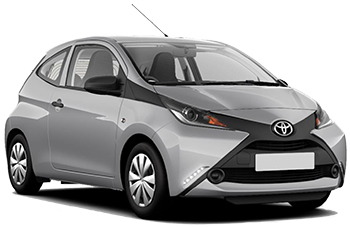
-
U-Save Auto Rental From€ 7 /day -
ECH rentals From€ 11 /day -
SurPrice car rentals From€ 16 /day
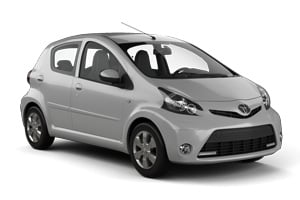
-
U-Save Auto Rental From€ 8 /day -
ECH rentals From€ 18 /day
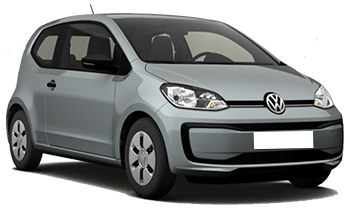
-
RentSmart24 From€ 13 /day -
Green Motion From€ 226 /day
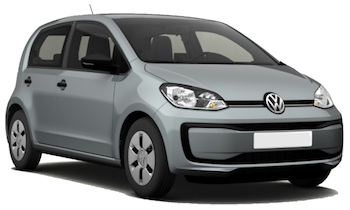
-
ECH rentals From€ 11 /day -
RentSmart24 From€ 12 /day -
Target Rent From€ 14 /day
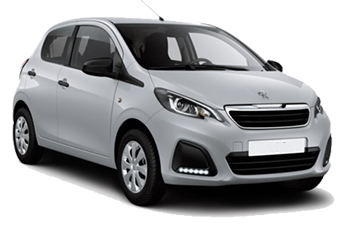
-
OK Mobility From€ 12 /day -
Noleggiare From€ 26 /day
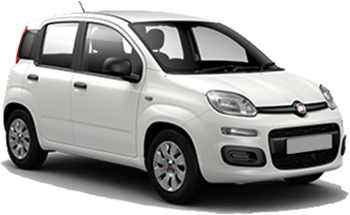
-
Goldcar From€ 20 /day -
Autovia From€ 22 /day -
Italy Car Rent From€ 23 /day
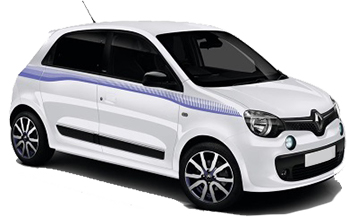
-
OK Mobility From€ 12 /day -
Viaggiare Rent From€ 18 /day -
Optimo Rent From€ 21 /day
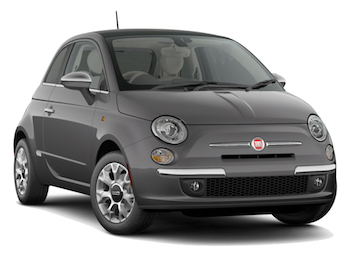
-
Goldcar From€ 21 /day -
RentalPlus From€ 21 /day -
Italy Car Rent From€ 23 /day
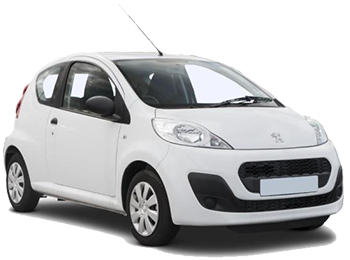
-
SurPrice car rentals From€ 14 /day
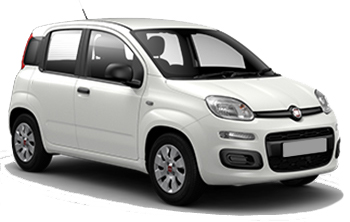
-
U-Save Auto Rental From€ 8 /day -
ECH rentals From€ 12 /day -
RentSmart24 From€ 14 /day

-
U-Save Auto Rental From€ 12 /day -
Dollar Rent a Car From€ 38 /day

-
RentSmart24 From€ 14 /day -
Italy Car Rent From€ 24 /day -
Maggiore From€ 34 /day
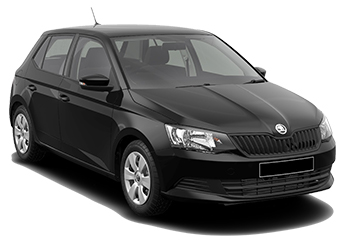
-
ECH rentals From€ 12 /day
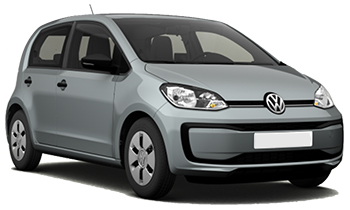
-
ECH rentals From€ 12 /day

-
RentSmart24 From€ 14 /day -
Viaggiare Rent From€ 21 /day -
RentalPlus From€ 22 /day
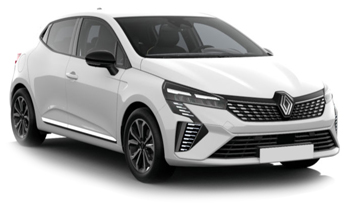
-
OK Mobility From€ 13 /day -
Target Rent From€ 15 /day -
Carwiz rent a car From€ 21 /day

-
RentSmart24 From€ 14 /day -
SurPrice car rentals From€ 15 /day -
Italy Car Rent From€ 24 /day
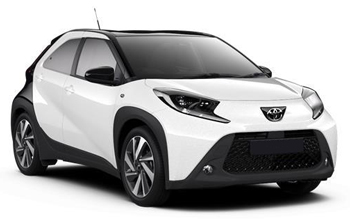
-
RentSmart24 From€ 14 /day
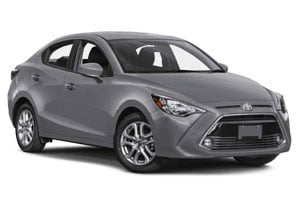
-
U-Save Auto Rental From€ 15 /day
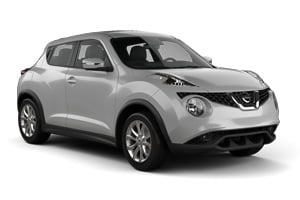
-
OK Mobility From€ 16 /day -
Record Go From€ 37 /day
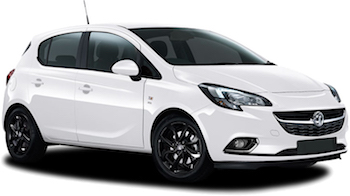
-
RentSmart24 From€ 19 /day

-
RentSmart24 From€ 17 /day
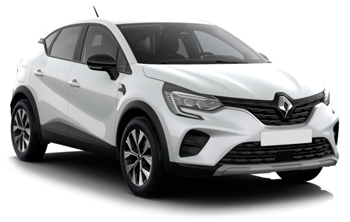
-
RentSmart24 From€ 17 /day -
ECH rentals From€ 20 /day -
OK Mobility From€ 25 /day

-
RentSmart24 From€ 21 /day
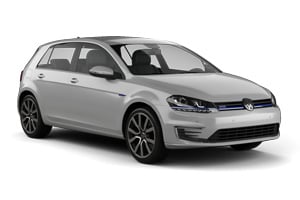
-
Target Rent From€ 17 /day -
OK Mobility From€ 31 /day -
Sicily by Car From€ 36 /day
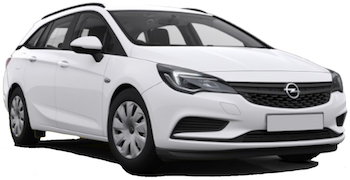
-
OK Mobility From€ 17 /day -
SurPrice car rentals From€ 20 /day -
FELIRENT From€ 28 /day

-
RentSmart24 From€ 21 /day
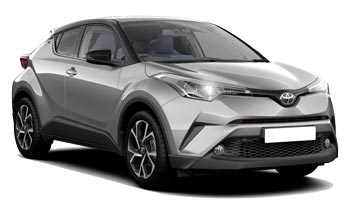
-
U-Save Auto Rental From€ 23 /day -
Noleggiare From€ 45 /day
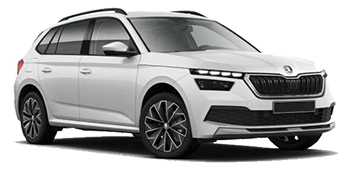
-
Viaggiare Rent From€ 26 /day

-
Viaggiare Rent From€ 28 /day

-
Target Rent From€ 27 /day -
Record Go From€ 35 /day -
Centauro From€ 41 /day
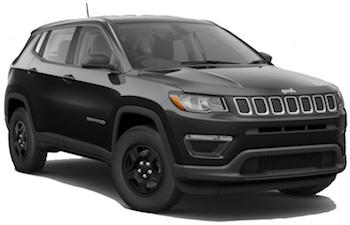
-
ECH rentals From€ 28 /day -
SurPrice car rentals From€ 36 /day -
Maggiore From€ 39 /day
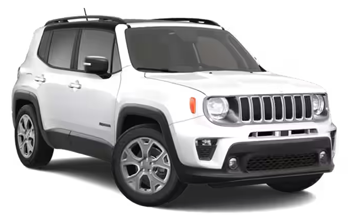
-
Italy Car Rent From€ 29 /day -
Drivalia From€ 40 /day -
Sicily by Car From€ 40 /day
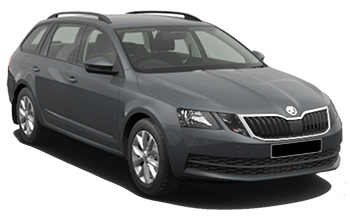
-
Ecovia Rent From€ 28 /day -
LocautoRent From€ 59 /day -
Alamo From€ 70 /day
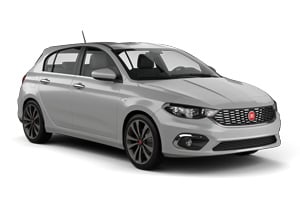
-
Italy Car Rent From€ 29 /day

-
Italy Car Rent From€ 28 /day -
Drivalia From€ 40 /day -
Sicily by Car From€ 40 /day

-
OK Mobility From€ 22 /day

-
OK Mobility From€ 29 /day

-
Ecovia Rent From€ 41 /day
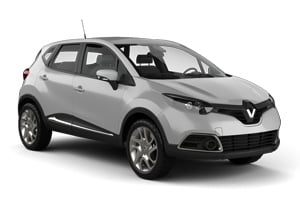
-
OK Mobility From€ 29 /day

-
Ecovia Rent From€ 30 /day

-
Ecovia Rent From€ 43 /day

-
Ecovia Rent From€ 30 /day -
Noleggiare From€ 36 /day
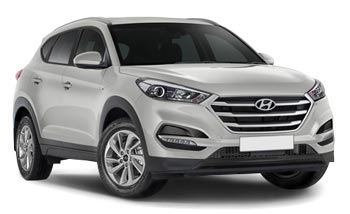
-
Noleggiare From€ 36 /day

-
Drivalia From€ 47 /day -
Maggiore From€ 47 /day
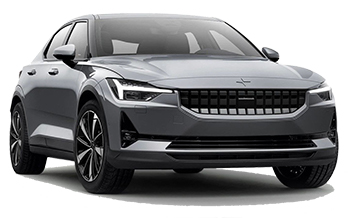
-
Hertz From€ 33 /day

-
Target Rent From€ 47 /day -
OK Mobility From€ 105 /day
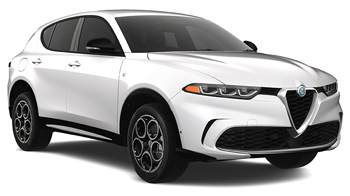
-
Maggiore From€ 60 /day
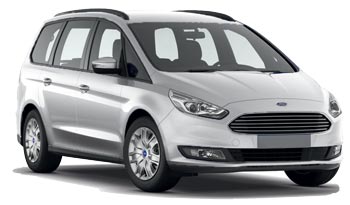
-
Target Rent From€ 47 /day
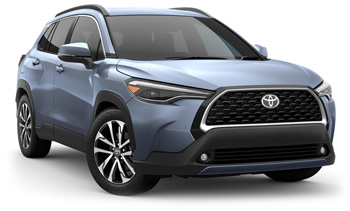
-
Noleggiare From€ 50 /day
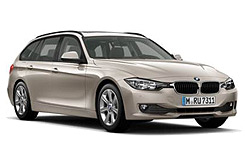
-
Flizzr From€ 71 /day -
Sixt From€ 84 /day
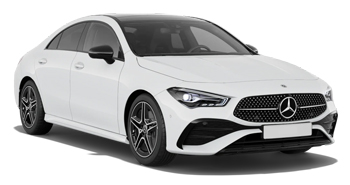
-
Noleggiare From€ 51 /day
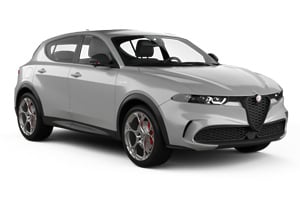
-
Record Go From€ 53 /day -
Maggiore From€ 58 /day

-
Sixt From€ 71 /day

-
U-Save Auto Rental From€ 31 /day

-
Noleggiare From€ 55 /day

-
U-Save Auto Rental From€ 65 /day
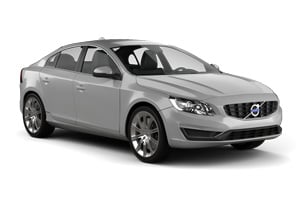
-
Keddy By Europcar From€ 61 /day -
Europcar From€ 70 /day
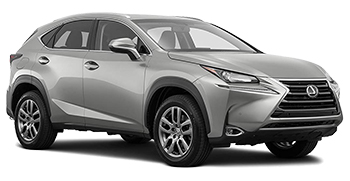
-
Noleggiare From€ 62 /day
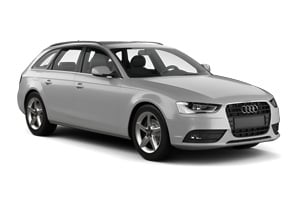
-
Alamo From€ 79 /day -
Enterprise From€ 87 /day -
LocautoRent From€ 88 /day
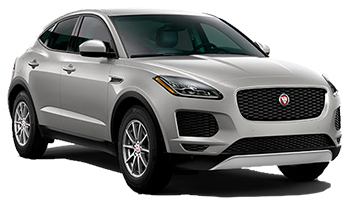
-
Noleggiare From€ 63 /day
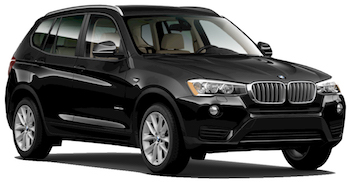
-
Noleggiare From€ 63 /day -
Sixt From€ 89 /day
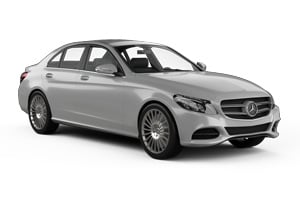
-
Avis From€ 82 /day -
Sixt From€ 137 /day
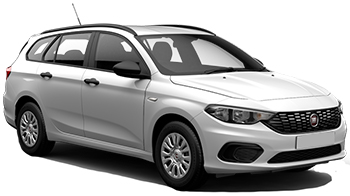
-
ECH rentals From€ 22 /day -
B-Rent From€ 29 /day -
Italy Car Rent From€ 36 /day
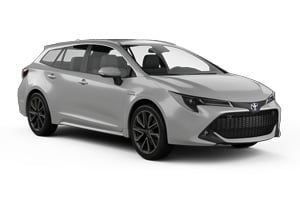
-
ECH rentals From€ 28 /day -
Noleggiare From€ 55 /day

-
Viaggiare Rent From€ 35 /day -
Italy Car Rent From€ 39 /day -
Ecovia Rent From€ 64 /day
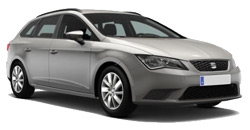
-
Carwiz rent a car From€ 29 /day -
LocautoRent From€ 55 /day -
Ecovia Rent From€ 55 /day

-
RentSmart24 From€ 31 /day -
LocautoRent From€ 59 /day -
Alamo From€ 68 /day

-
Drivalia From€ 37 /day -
Italy Car Rent From€ 37 /day -
Sicily by Car From€ 48 /day

-
Viaggiare Rent From€ 35 /day -
Italy Car Rent From€ 39 /day -
RentSmart24 From€ 49 /day
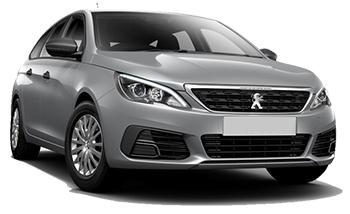
-
Sicily by Car From€ 40 /day -
Autovia From€ 51 /day -
Ecovia Rent From€ 53 /day

-
Noleggiare From€ 36 /day
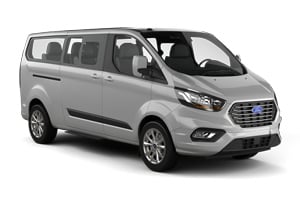
-
Noleggiare From€ 53 /day -
FELIRENT From€ 73 /day -
Sicily by Car From€ 145 /day
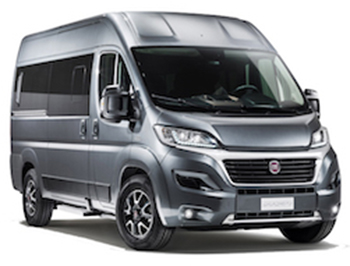
-
Target Rent From€ 70 /day -
ECH rentals From€ 78 /day
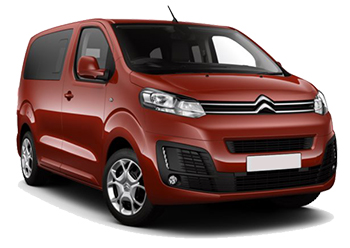
-
RentalPlus From€ 104 /day
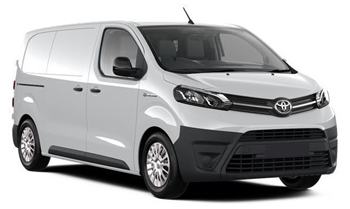
-
ECH rentals From€ 72 /day -
Noleggiare From€ 85 /day
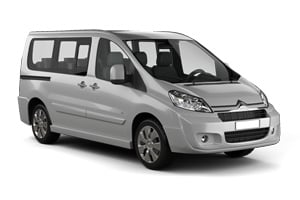
-
Target Rent From€ 72 /day -
Ecovia Rent From€ 126 /day
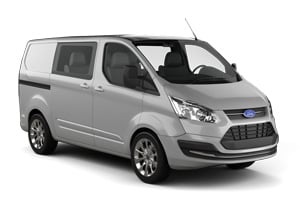
-
Viaggiare Rent From€ 120 /day -
Sicily by Car From€ 174 /day
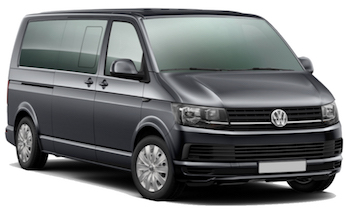
-
Europcar From€ 79 /day -
LocautoRent From€ 130 /day -
Autovia From€ 139 /day
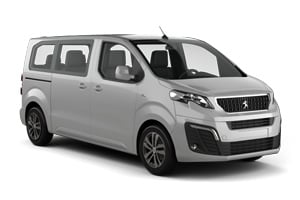
-
ECH rentals From€ 79 /day
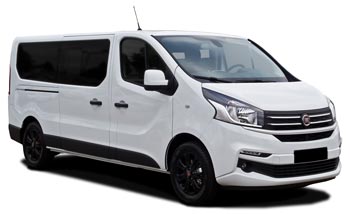
-
Drivalia From€ 121 /day
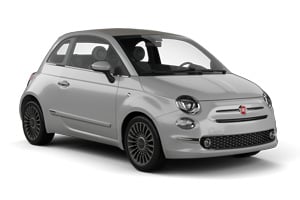
-
Italy Car Rent From€ 45 /day -
Sicily by Car From€ 69 /day

-
Italy Car Rent From€ 45 /day -
Sicily by Car From€ 73 /day
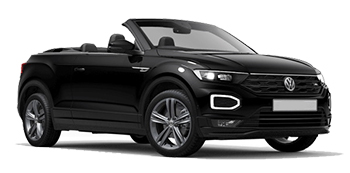
-
Sicily by Car From€ 53 /day

-
Sicily by Car From€ 53 /day
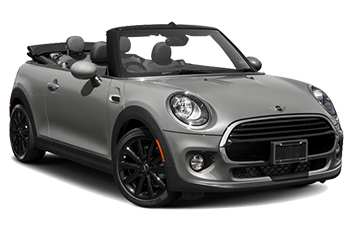
-
Sixt From€ 72 /day
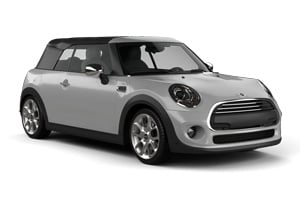
-
Sixt From€ 75 /day

-
Sixt From€ 78 /day

-
Sixt From€ 79 /day

-
U-Save Auto Rental From€ 15 /day
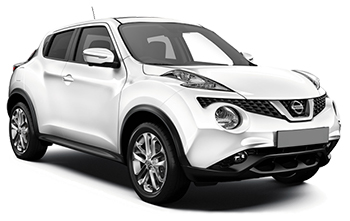
-
OK Mobility From€ 16 /day

-
Italy Car Rent From€ 28 /day
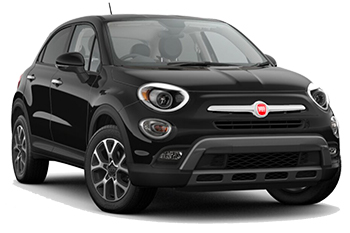
-
Target Rent From€ 20 /day -
Record Go From€ 24 /day -
Drivalia From€ 27 /day

-
OK Mobility From€ 22 /day -
B-Rent From€ 45 /day
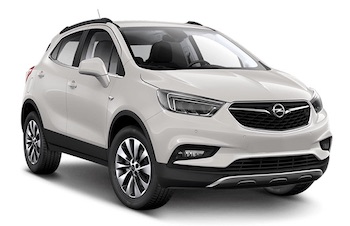
-
Italy Car Rent From€ 29 /day -
RentalPlus From€ 41 /day
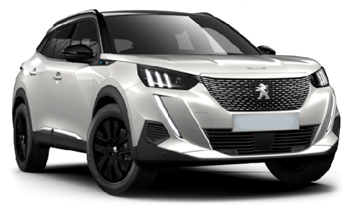
-
Hertz From€ 24 /day -
Flizzr From€ 49 /day -
Sixt From€ 54 /day

-
Record Go From€ 26 /day
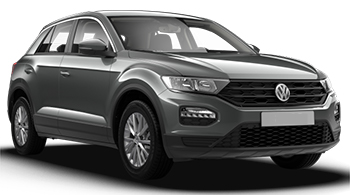
-
Italy Car Rent From€ 29 /day -
RentalPlus From€ 50 /day -
Avis From€ 58 /day
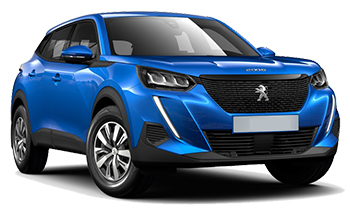
-
Hertz From€ 24 /day -
Flizzr From€ 49 /day -
Sixt From€ 53 /day

-
Sicily by Car From€ 26 /day

-
Drivalia From€ 29 /day -
Maggiore From€ 34 /day -
Avis From€ 41 /day

-
Drivalia From€ 27 /day -
Maggiore From€ 31 /day -
Avis From€ 41 /day

-
Drivalia From€ 28 /day

-
Sicily by Car From€ 30 /day
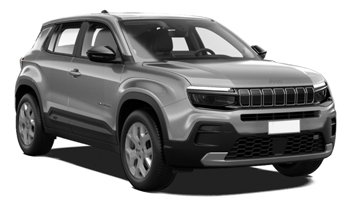
-
Budget From€ 29 /day

-
Drivalia From€ 30 /day
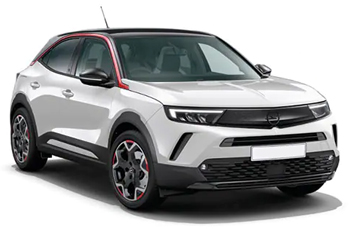
-
Noleggiare From€ 30 /day -
Sicily by Car From€ 49 /day
Car rental companies in Catania
Below are the car rental companies in Catania with the best ratings. Compare all ratings and prices of these rental companies in one search.
-
LocautoRent
From€ 30 / day -
Goldcar Key'n Go
From€ 34 / day -
Autounion Car Rental
No rates available -
Alamo
From€ 34 / day -
Flizzr
From€ 34 / day -
Dollar Rent a Car
From€ 27 / day

When is the best time to book a rental car in Catania?
Car rental companies in and around Catania
Information about Catania
Catania is located in the shadow of Europe's most active volcano, Mount Etna. That is in turn the biggest attraction of this city in Sicily and a visit to the volcano crater is a must. Etna has also brought calamity upon Catania. There was a major volcano eruption in 1669 and the city was buried under lava. Less than thirty years later Catania was destroyed again, this time by an earthquake. But the people have rebuilt their town again and Catania is now a fine example of Baroque architecture from the 18th century.
The majority of the original cathedral of Catania was destroyed by the earthquake of 1693. Only the apse (made of lava) dates back from before the earthquake. A statue of the Virgin Mary from the 15th century and a richly decorated Roman sarcophagus were also preserved. A fresco in the Cappella di Sant'Agata depicts Etna's eruption in 1669.
Standing on the Piazza Duomo is the iconic image of the city, the Fontana dell'Elefante. The elephant statue is made of lava and the elephant carries an Egyptian obelisk with hieroglyphs on his back. It represents the resilience of Catania: a city that picks itself up again after each setback and even makes art of the material that destroyed the city.
In the north of Catania lies a beautiful park - Villa Bellini - spread over several hills. It's nice to escape the heat of the city here, with a panoramic view on the Etna. The fig tree in the park is the largest in the world, according to the Catenians.
The Castello Ursino was built in the 13th century directly at sea, but after several eruptions of Etna this is no longer the case. This castle is one of the few buildings that withstood the earthquake of 1693. The fortress with four towers now houses the municipal museum of Catania. You can see archaeological finds here, but also 19th century paintings.
In the Museo Emilio Greco you can see works of this famous Sicilian painter. Through the same entrance you will arrive at the birthplace of Vincenzo Bellini, who composed mainly operas.
Next to these museums stands a Roman amphitheater on Via Vittorio Emanuele. You can visit the tunnels where gladiators prepared for their (often bloody) battles. In the 17th century a road was constructed straight through this amphitheater and you can still see the remains of it. In the fifties it was decided to remove that road to restore the theater in all its glory, albeit not entirely successful.
There are several cafés, bars and nightclubs in Catania. Most can be found in the area around the cathedral. Hotels are concentrated mostly in this area too. Catania has a good range of accommodation, but in the summer months it is advisable to book your hotel room well in advance.
The biggest attraction of Catania is the Etna volcano. With its top reaching over 3300 meters of height this is Europe's highest volcano. A train goes around the mountain, it departs from Via Caronda in Catania. With a car you can reach Mount Etna using the eastern ring road (Tangenziale Ovest), exit Gravina. If you then continue further north you'll end up in Rifugio Sapienza, where you can rent a jeep with a guide to get to the top. You can also walk to the top, but it's a difficult climb. So don't ever attempt without a guide. The guides are well informed of the updated circumstances and if Etna shows signs of activity the guide tours will be canceled.
At the foot of Mount Etna lies the village of Acireale, which was also rebuilt after the earthquake of 1693. Like in Catania, Baroque architecture is predominant here. The church San Sebastiano is the symbol of the resurrection of the village. The Carnival of Acireale is spectacular. Furthermore there is the nature reserve Timpa, where the typical flora and fauna of Etna is protected.
In Greek antiquity Syracuse, south of Catania, was a major city. There are many relics from that era and during the summer months plays of Greek writers are staged.
Parking
The traffic in Catania is not as hectic as in Palermo, but only just. Moreover, many streets are narrow and often a one-way system applies, which makes finding your way difficult. Finding parking place on the street is near impossible. It is therefore inadvisable to drive a car in the center. You can however, park your car at your hotel and use it for trips in the area.
Catania Airport
The airport of Catania is located seven kilometers south west of the city. Catania Airport is easily accessible, the airport is right next to the highway A-19 to Palermo.